Exercise-Induced Hives, Angioedema, Anaphylaxis, and Asthma
 In a small percentage of individuals, exercise can cause an array of allergic symptoms ranging from itching, to hives, to swelling episodes, to asthma symptoms, to a life-threatening anaphylactic reaction. The reactions can occur either during or after exercise. If you are experiencing any allergic symptom associated with exercise, you should see a board certified allergist.
In a small percentage of individuals, exercise can cause an array of allergic symptoms ranging from itching, to hives, to swelling episodes, to asthma symptoms, to a life-threatening anaphylactic reaction. The reactions can occur either during or after exercise. If you are experiencing any allergic symptom associated with exercise, you should see a board certified allergist.
In a subset of the population, exercise can induce generalized hives. This is called “exercise-induced urticaria.” The hives are itchy and can range in size from small red dots to large “welts” resembling mosquito bites. Other associated symptoms may include flushing, headache, and/or abdominal cramping. Individuals with this condition can develop hives when participating in exercise of any severity, but they tend to have more episodes when involved with moderate exercise such as jogging or running. In addition, aspirin and/or NSAID’s (i.e., ibuprofen, naproxen, diclofenac) and/or exercising in warm, humid, and/or cold climates, may increase the likelihood of developing hives in certain individuals. There is even a smaller population of individuals that have “food-dependent exercise-induced urticaria.” In this variant, individuals will get hives only if they eat a specific food and exercise within a certain amount of time (usually within 5 hours). This group of people can eat that specific food without problems and they can exercise without problems, but if they eat that food and exercise within 5 hours, they will get hives. The most commonly associated food linked with this condition is wheat. Other foods that have been most associated with food-dependent exercise-induced urticaria include crustaceans, buckwheat, celery, tomatoes, dairy products, chicken, octopuses, squid, and/or grapes, however, any food may cause this condition. There is an even a smaller population of individuals that develop hives after eating any food within 5 hours of exercising. Luckily, this condition is even rarer.
“Exercise-induced angioedema” is identical to exercise-induced urticaria except instead of developing hives, one develops swelling of a particular part of their body (usually of the face, lips, tongue, and/or eyes). This can be more serious if the swelling occurs in the throat which can lead to shortness of breath and complete constriction of the throat.
“Exercise-induced anaphylaxis” is a life-threatening condition that needs immediate attention. It essentially is the same condition as exercise-induced urticaria and exercise-induced angioedema, however, other systemic symptoms occur in addition to the itching, hives, flushing, and/or swelling. These systemic symptoms may include wheezing, shortness of breath, constriction of the throat, abdominal pain, diarrhea, vomiting, headache, anxiety, rapid or slow pulse rate, drop in blood pressure, and/or shock. Like exercise-induced urticaria and exercise-induced angioedema, exercise-induced anaphylaxis can be triggered by certain foods in select individuals. This condition also may be more likely to occur in individuals using aspirin and/or NSAID’s and/or exercising in warm, humid, and/or cold climates.
“Exercise-induced asthma” manifests itself with asthma symptoms such as shortness of breath, wheezing, chest tightness, and/or cough. It occurs much more frequently during exercise in allergic individuals and/or asthmatics compared to nonallergic and/or nonasthmatic individuals. However, it is important to note that even in these nonallergic and/or nonasthmatic people, exercise can still cause asthma symptoms. The asthma symptoms typically begin within 10-20 minutes after the start of exercise, but may not occur until 5-10 minutes after the conclusion of exercise. Exercising in the cold air is a common trigger. Air pollution, high pollen or mold levels and upper respiratory tract infections (e.g., sinus infections, “colds”, flu) also predispose a person to exercise-induced asthma. Warming up and cooling down exercises before and after exercise may decrease the likelihood and/or severity of the asthma symptoms.
Although each one of the above conditions is unique, they are all similar with respect to exercise as being the primary trigger. They all can be very serious and dangerous. At Black & Kletz Allergy, our board certified allergists have been treating both adults and children with exercise-induced conditions for over 50 years in the Washington, DC, Northern Virginia, and Maryland metropolitan area. We perform a comprehensive history and physical examination in conjunction with allergy skin and/or blood testing, pulmonary function testing, and/or other non-allergic blood testing to obtain an accurate diagnosis. We will discuss non-medication preventive measures with you as well as provide you with prescriptions for the necessary medications (e.g., EpiPen, antihistamines, asthma inhalers) to help prevent and/or treat your condition. Black & Kletz Allergy has office locations in Washington, DC, McLean, VA (Tysons Corner, VA), and Manassas, VA which all offer on-site parking. The Washington, DC and McLean, VA offices are also Metro accessible. If you have exercise-induced allergy or asthma symptoms, please call for an appointment or alternatively, you can click Request an Appointment and we will respond within 24 hours on the next business day.

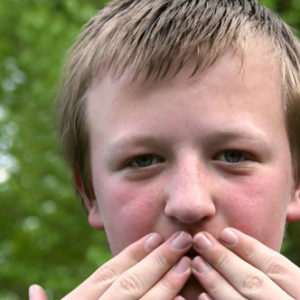 Flushing occurs when the blood vessels dilate and increase the blood supply to the skin. It is manifested as rapid reddening of the skin usually associated with a feeling of warmth. The episodes usually last for a few minutes at a time, but can last longer. If the blood vessels are dilated due to the activity of the nerves on them, flushing is also accompanied by sweating. Irritant chemicals and allergens may also directly act on the vessels producing “dry” flushing. Common triggers of flushing:
Flushing occurs when the blood vessels dilate and increase the blood supply to the skin. It is manifested as rapid reddening of the skin usually associated with a feeling of warmth. The episodes usually last for a few minutes at a time, but can last longer. If the blood vessels are dilated due to the activity of the nerves on them, flushing is also accompanied by sweating. Irritant chemicals and allergens may also directly act on the vessels producing “dry” flushing. Common triggers of flushing: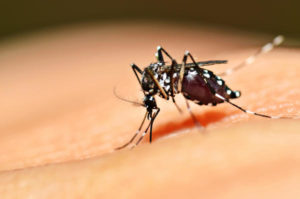 Signs and Symptoms
Signs and Symptoms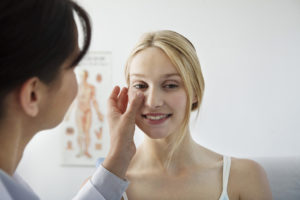 The simple answer to this question is yes.
The simple answer to this question is yes.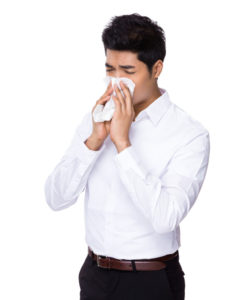 Spring is rapidly approaching in the Washington, DC metropolitan area and that means many people will be suffering from
Spring is rapidly approaching in the Washington, DC metropolitan area and that means many people will be suffering from 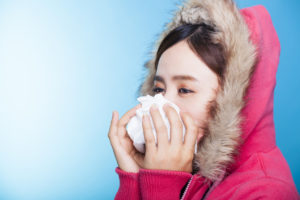 The onset of
The onset of 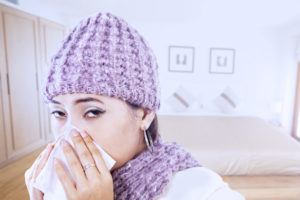 With the onset of cold weather, some children and adults with a history of
With the onset of cold weather, some children and adults with a history of 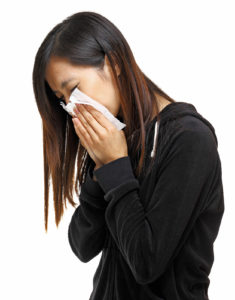 As
As